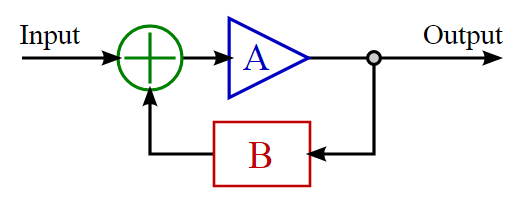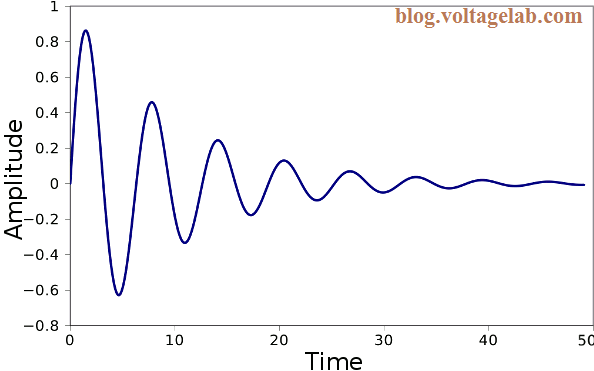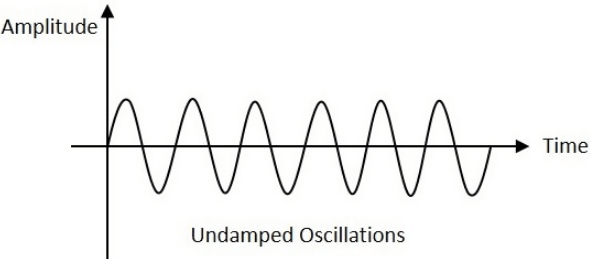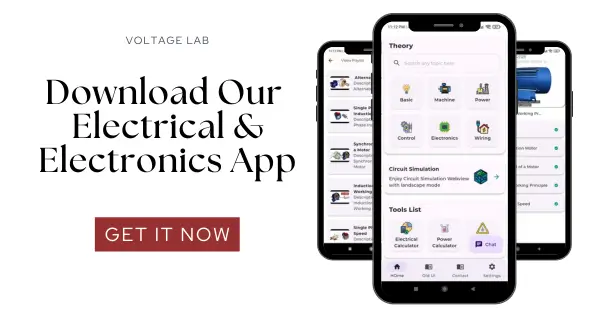An oscillator is an electronic device that generates and amplifies frequencies across various ranges according to the needs of different devices.
Oscillators are fundamental electronic devices designed to generate and amplify varying frequencies to meet the demands of various applications. These devices transform energy from a DC source into an alternating output, which can be sinusoidal or non-sinusoidal. This article delves into the core concepts of oscillators, including their definitions and classifications. We’ll explore the principle of feedback, the types of oscillators, and their essential components, such as the tank circuit, amplifier, and feedback mechanisms. Understanding these concepts is crucial for grasping how oscillators function and their significance in electronics and telecommunications.
Oscillator
Since it is an electronic device, it converts energy from a DC source into a variable output. The output can be either sinusoidal or non-sinusoidal. The topics covered in this article include:
- Oscillator
- Feedback
- Sinusoidal Oscillator
- Tank Circuit, Amplifier, Feedback
Oscillator
We have already learned the definition of an oscillator. Oscillators are mainly of two types: 1. Sinusoidal Oscillator 2. Non-Sinusoidal Oscillator.
The Sinusoidal Oscillator is further divided into two types: 1. Damped Oscillator 2. Undamped Oscillator.
The Undamped Oscillator can be further categorized into:
- Crystal Oscillator
- Tuned Oscillator
- Hartley Oscillator
- Phase-Shift Oscillator
- Wien-Bridge Oscillator
- Colpitts Oscillator
General characteristics of oscillators:
- They operate using positive feedback only.
- They generate AC voltage or current with any frequency.
- The frequency remains constant over time.
- They have a high frequency.
Uses:
- In TV transmitters and receivers.
- In radio transmitters and receivers.
- For heating at high frequencies.
Feedback
Due to the inter-electrode capacitance, some energy from the plate circuit returns to the grid circuit. The transfer of energy from the output circuit to the input circuit is known as feedback.

Feedback is of two types: 1. Positive Feedback 2. Negative Feedback
1. Positive Feedback: If there is an inductive load in the output circuit, the output voltage will be in phase with the input voltage. This increases the activity of the input signal, which is known as regeneration. Only positive feedback is used in oscillators.
Characteristics:
- The gain of the amplifier increases.
- The amplification decreases within a specific frequency range.
- If the feedback is too high, oscillation may occur.
2. Negative Feedback: If there is a resistive load in the output circuit, the output voltage will be 180 degrees out of phase with the input voltage. This decreases the activity of the input signal, which is known as degeneration.
Characteristics:
- The frequency decreases, and distortion occurs due to phase change.
- Amplification increases within a specific frequency range.
- The stability of the amplifier increases.
- The gain decreases.
- Harmonic distortion is reduced.
Sinusoidal Oscillator
An electronic circuit that generates sinusoidal waves of different frequencies is known as a Sinusoidal Oscillator. The oscillator circuit converts a DC signal into AC signals of various frequencies. Sinusoidal oscillators are generally of two types: 1. Damped Oscillator 2. Undamped Oscillator.
1. Damped Oscillator: An oscillator whose generated signal’s amplitude decreases over time is known as a Damped Oscillator. By looking at the following diagram, we can understand that the signal’s amplitude decreases over time. Such oscillators experience power loss, and there is no mechanism to compensate for the lost power.

2. Undamped Oscillator: An oscillator whose generated signal’s amplitude remains constant over time is known as an Undamped Oscillator. These circuits do not experience power loss, or if they do, there is a mechanism to compensate for the lost power. Such undamped oscillations are necessary for telecommunications and electronics.

Tank Circuit, Amplifier, Feedback
An oscillator generally consists of three main components: 1. Tank Circuit 2. Amplifier Circuit 3. Feedback Circuit.
Tank Circuit: The tank circuit is primarily composed of an L-C circuit. It is a network that regenerates and determines the frequency. It is mainly known as the tank circuit.
The main part of an oscillator is the tank circuit. The oscillator operates based on this tank circuit. For this reason, the tank circuit is referred to as the heart of the oscillator. In oscillator circuits, the tank circuit is used to perform oscillations through charging and discharging.
Oscillator Amplifier: A thyristor serves as the amplifier in an oscillator. It amplifies the input signal to a larger output signal.
Feedback: A feedback circuit is one where the output signal is reused as input to obtain output again.
1. What is an oscillator used for?
An oscillator is used to generate repetitive electronic signals, typically in the form of sine, square, or triangular waves. These signals are essential for various applications, including clock generation in digital circuits, radio frequency transmission, signal processing, and providing timing and synchronization in electronic systems.
2. What is the principle of an oscillator?
The principle of an oscillator is based on the creation of a continuous waveform through a feedback loop. By amplifying a portion of the output signal and feeding it back into the input, the oscillator maintains oscillations and generates a stable output waveform. This feedback mechanism sustains the oscillation and determines the frequency of the generated signal.
3. What is the benefit of an oscillator?
Oscillators offer several benefits, including stable frequency generation, precise timing, and signal conditioning. They are crucial for ensuring reliable operation in electronic devices, providing consistent timing signals for clocks, and generating carrier waves for communication systems.
4. What is the application for an oscillator?
Oscillators have diverse applications, such as in radio and television transmitters and receivers, signal generators, clocks in computers and digital devices, waveform generators for testing and analysis, and frequency synthesizers in communication systems. They are essential in many electronic systems for maintaining accurate timing and signal generation.
5. Which oscillator is better?
The choice of the best oscillator depends on the specific application requirements. For high stability and precision, crystal oscillators are preferred. For applications requiring adjustable frequencies, variable frequency oscillators (VFOs) or phase-locked loops (PLLs) might be better. Each type of oscillator has its own advantages and is chosen based on factors like frequency stability, range, and application needs.
6. What is the most commonly used oscillator?
The most commonly used oscillator is the crystal oscillator. It is widely favored for its high stability, accuracy, and reliability in maintaining a consistent frequency. Crystal oscillators are commonly found in electronic devices such as computers, radios, and clocks.
7. What is the basic theory of oscillators?
The basic theory of oscillators involves the use of feedback mechanisms to sustain continuous oscillations. An oscillator circuit includes an amplifier and a feedback network that determines the frequency of oscillation. The feedback network must provide the correct phase shift and gain to sustain the oscillations.
8. What is the basic concept of oscillation?
The basic concept of oscillation is the repetitive variation of a signal or waveform. Oscillations occur when energy is transferred between different components of an oscillator circuit, such as capacitors and inductors, in a way that produces a continuous waveform. The oscillation is sustained through feedback that maintains the waveform’s shape and frequency.
9. What is the basic equation of an oscillator?
The basic equation for an oscillator can vary depending on the type of oscillator. For a simple LC (inductor-capacitor) oscillator, the resonant frequency fff is given by:
f=12πLCf = \frac{1}{2 \pi \sqrt{LC}}f=2πLC1
where LLL is the inductance and CCC is the capacitance. This equation describes the frequency at which the oscillator naturally resonates and produces oscillations.
You can also read: What is Logic gate?


